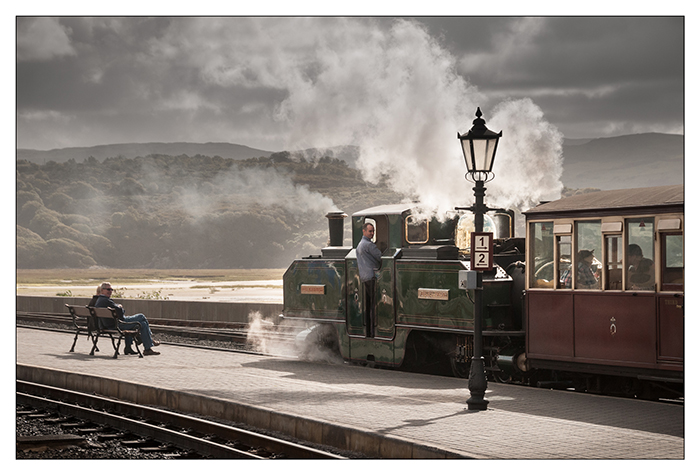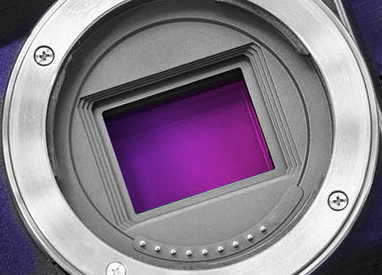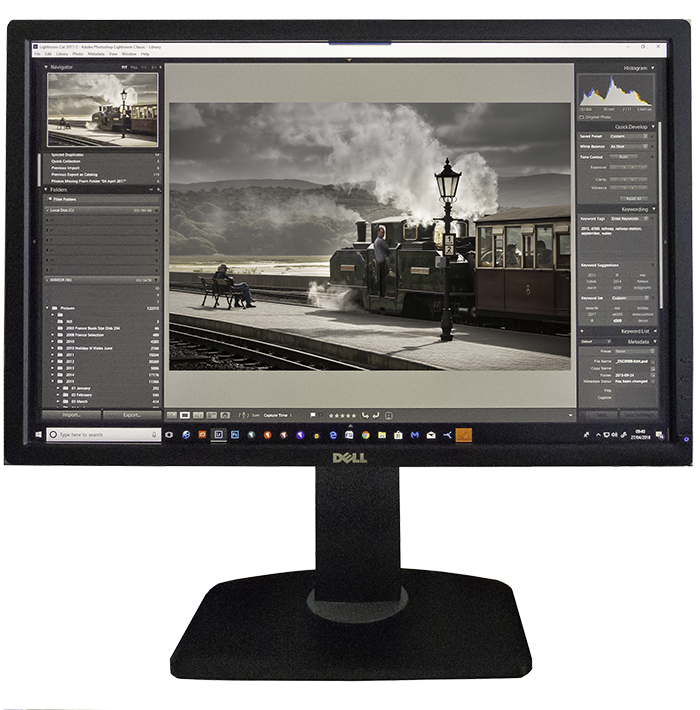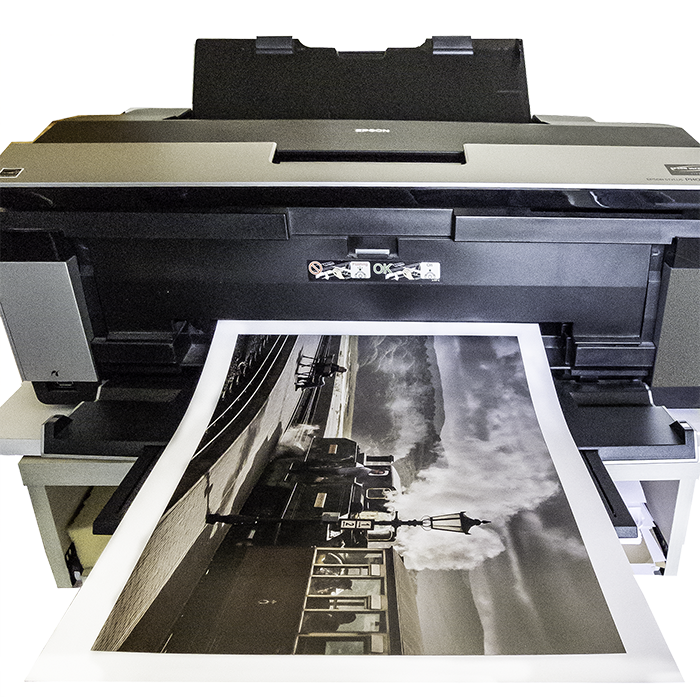Dynamic Range (a broad summary)
Human Eye - Camera - Monitor - Paper
Clive R. Haynes FRPS

The purpose of this introduction is to offer an appreciation of the journey from our first perception of a scene, the subsequent 'image capture' by a camera, how we view the image upon a monitor and finally how we respond to the picture as a print. Both our initial view and response to the print are necessarily 'subjective' whilst the camera and monitor process the information 'objectively'. An additional complication is our recollection of the original scene and how the viewer responds emotionally to the print. Along the way are considerable changes in the dynamic range from human perception to the reflective properties of the print upon paper.
To help with understanding I've expressed the dynamics wherever possible both as a ratio and as f-stops.

The Human Eye
Here are some basic characteristics:
Static contrast range: 1,000,000: 1
Better contrast range in shadows (when direct bright light does not reach the eye)
Dynamic range falls into three areas:
Photopic Vision - Cone based (colour)
Scotopic - Rod based (essentially mono). Good for low light conditions
Mesopic - Cone and rod based
The perception of dynamic range also depends upon the presence of fine details within the scene
The human eye has some 120 million rods (mono vision) and around 6 million cones. (colour vision)
In photographic terms, the range of 1,000,000 : 1 equates to about 20 stops.
(This is equivalent to the detection of just one photon* to a direct gaze at the sun).
The next stage is image capture by the camera sensor

Camera sensors
Consumer / normal professional (excluding scientific & very high end)
Say 10 to 14 stops
10 bit ca. 1,000:1 = 10 stops, 14 bit ca. 16,000:1 = 14 stops
Analogue to Digital processing ('quantisation') presents some 8 to 12 stops
8 stops = 256:1 12 stops = 4096:1

Monitor
This is typically 8 to 9 stops with analogue to digital processing
8 stops = 256:1, 9 stops = 512:1

Ink used by the printer will have some effect upon dynamic range but no data is available. Therefore it's just the paper we can consider.
Paper
The quality and permanence of both paper and ink is important.
For good quality photo-paper we can expect a range of 6 to 7 stops
6 stops = 64:1, 7 stops = 128:1
In addition to the biology, data processing, and physics above we need to consider the photographer's memory of the scene, emotional content, context, the communication intended, personal style and the viewer's response. It's small wonder that we need to adjust tonality and emphasis throughout image processing and management. Programs such as Photoshop and Lightroom, their competitors and many plug-ins give us the ability to achieve this.
* Nature Communications paper: Article number: 12172 (2016). 'Direct detection of a single photon by humans'.